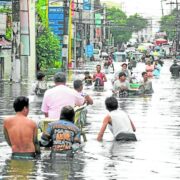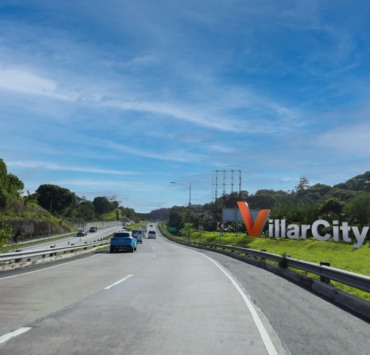How infrastructure fuels new city development
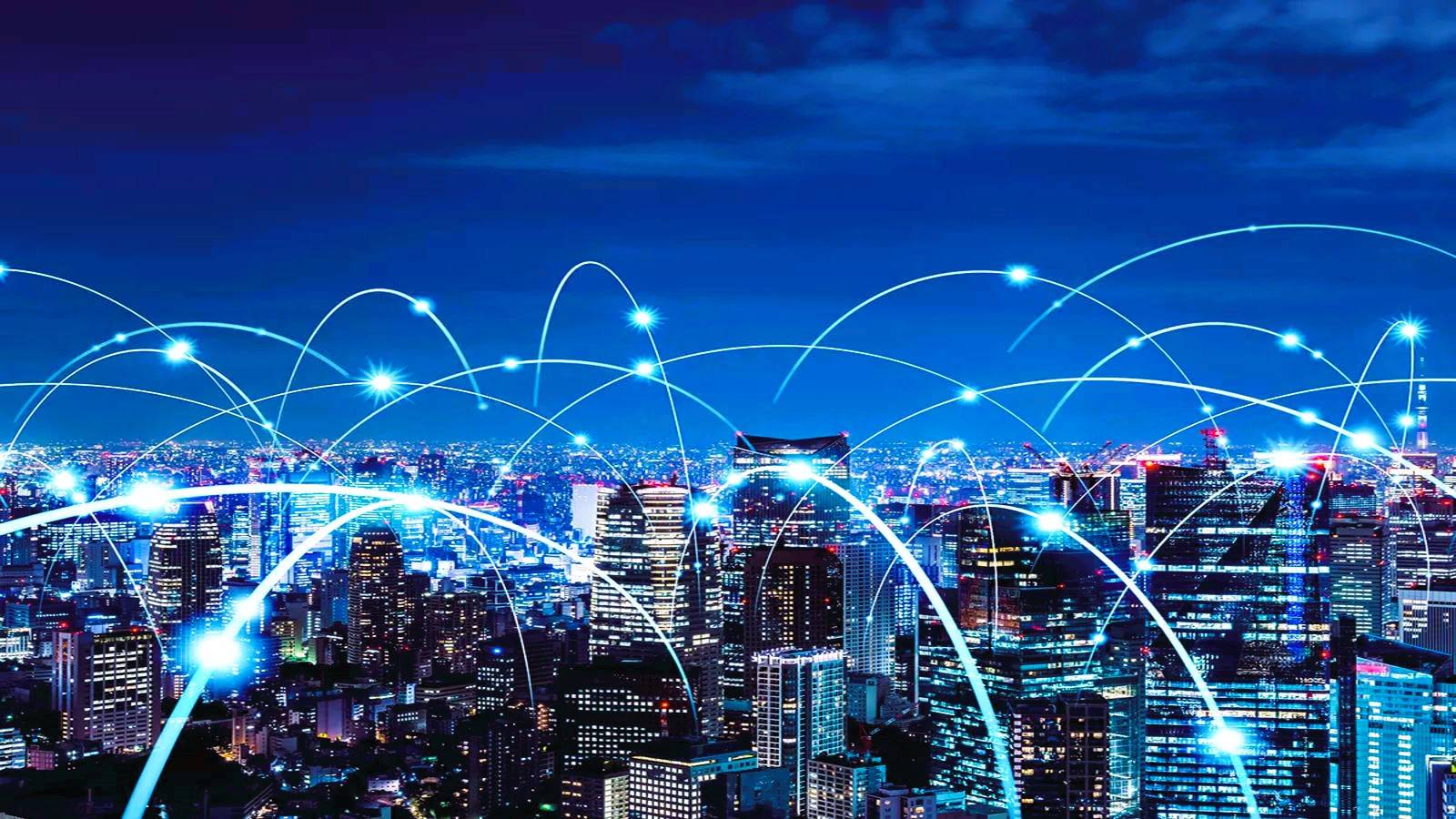
Infrastructure development forms the bedrock of city building.
In the Philippines, where Metro Manila has long been the focal point of economic activity, the urgency to develop new centers outside the capital has never been greater.
These new centers will create more balanced economic growth and improve the quality of life for Filipinos in the provinces. The roads, bridges, digital networks, and energy systems we construct today will determine the success of these up and coming cities.
Building efficient transport networks
Transport infrastructure connects people, goods, and services within and between cities.
New urban centers must offer efficient road networks, rail systems, and airports to draw investment and population growth. Roads are the veins of any city, facilitating the movement of goods and people. An extensive and well-maintained road network reduces transportation costs, boosts productivity, and expands economic opportunities in rural areas.
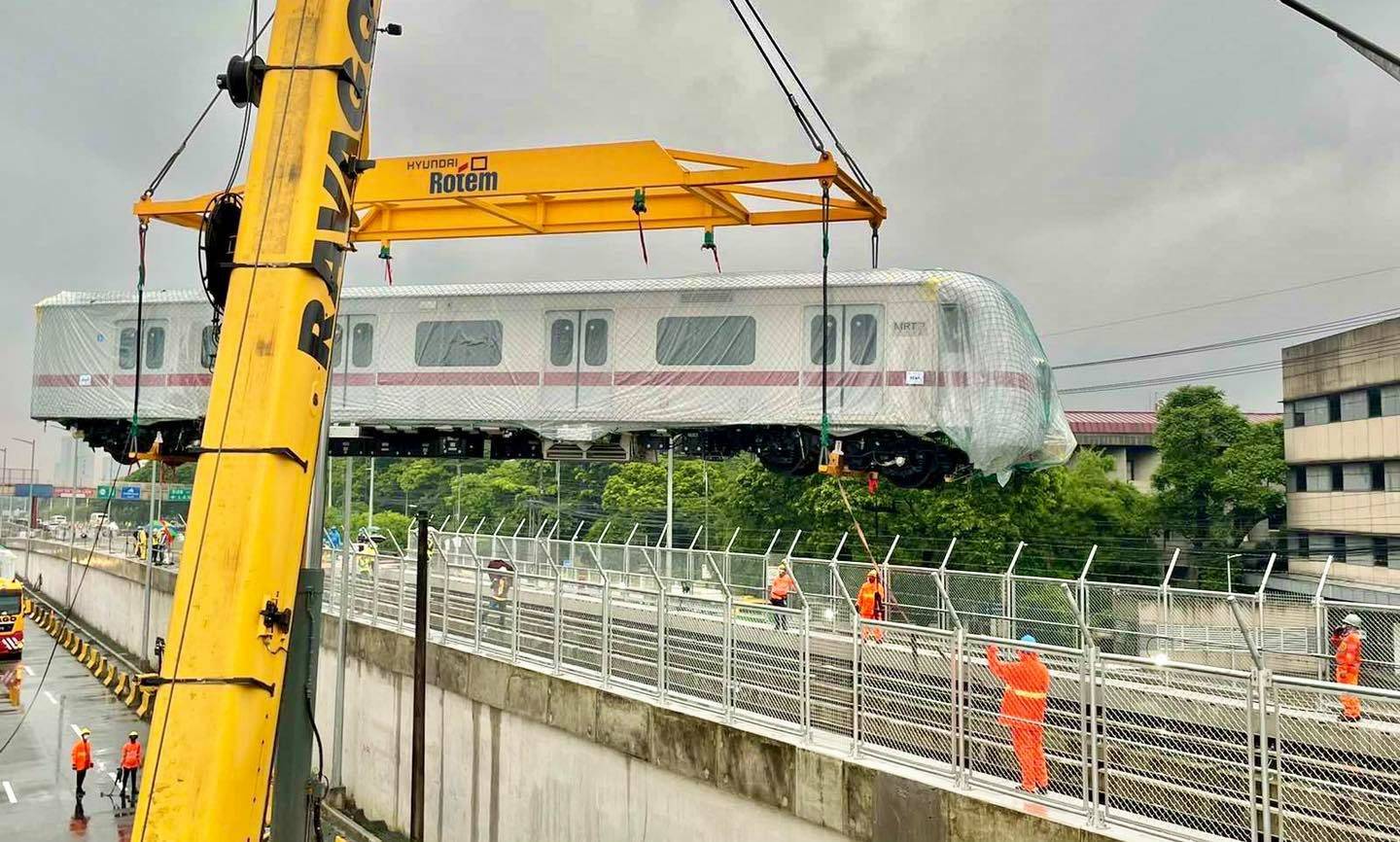
Mass rail systems can significantly alleviate urban congestion and offer an alternative to road transport, which is crucial in developing large cities. Developing new airports will further integrate these cities into the national and global economy.
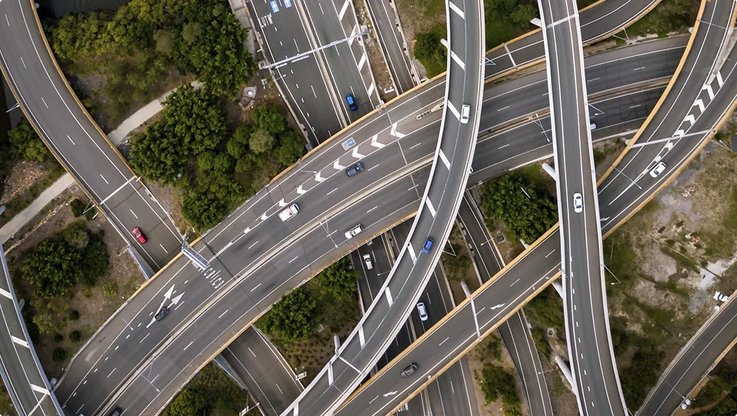
Expanding energy infrastructure
The country is rich in renewable energy resources, including geothermal, solar, and wind, which public and private agencies should harness to power new urban centers.
Reliable energy infrastructure attracts businesses, supports industrial growth, and ensures that cities can meet the needs of their residents without compromising the environment.
Prioritizing digital connectivity
Access to reliable broadband and mobile networks is no longer a luxury. As the Philippines moves to establish cities elsewhere, ensuring these areas are digitally connected will open up opportunities for businesses, education, healthcare, and other essential services.
Moreover, investing in data centers and fiber optic networks can attract tech companies and create high value jobs.

Securing water resources
Water infrastructure remains a vital but often overlooked component of city development. Ensuring that new urban centers have sustainable water management systems, including treatment facilities and distribution networks, is critical for public health and economic stability.
As urban populations increase, so will the demand for clean, accessible water.
Investing in water infrastructure that can withstand environmental challenges will safeguard these cities from water shortages and the health crises that can accompany them.
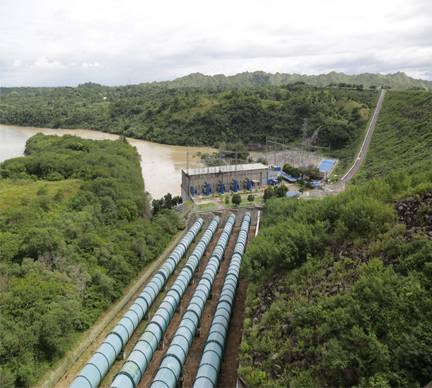
Strengthening maritime infrastructure
Ports are the gateways through which goods enter and leave the country, and their efficiency directly impacts the competitiveness of local businesses.
Upgrading ports, expanding container terminals, and enhancing logistics networks will position new cities as critical regional and global tradeplayers.
The Philippines can lower transportation costs, boost exports, and attract foreign investments to these emerging urban centers by improving maritime infrastructure.
Designing sustainable urban centers
As the Philippines seeks to build new cities, sustainability must be at the forefront of planning.
Integrating green spaces, promoting renewable energy, and ensuring disaster resilience are crucial for creating livable, future-proof cities. These principles can be implemented by combining technology, green infrastructure, and disaster resilience to create innovative and sustainable cities.
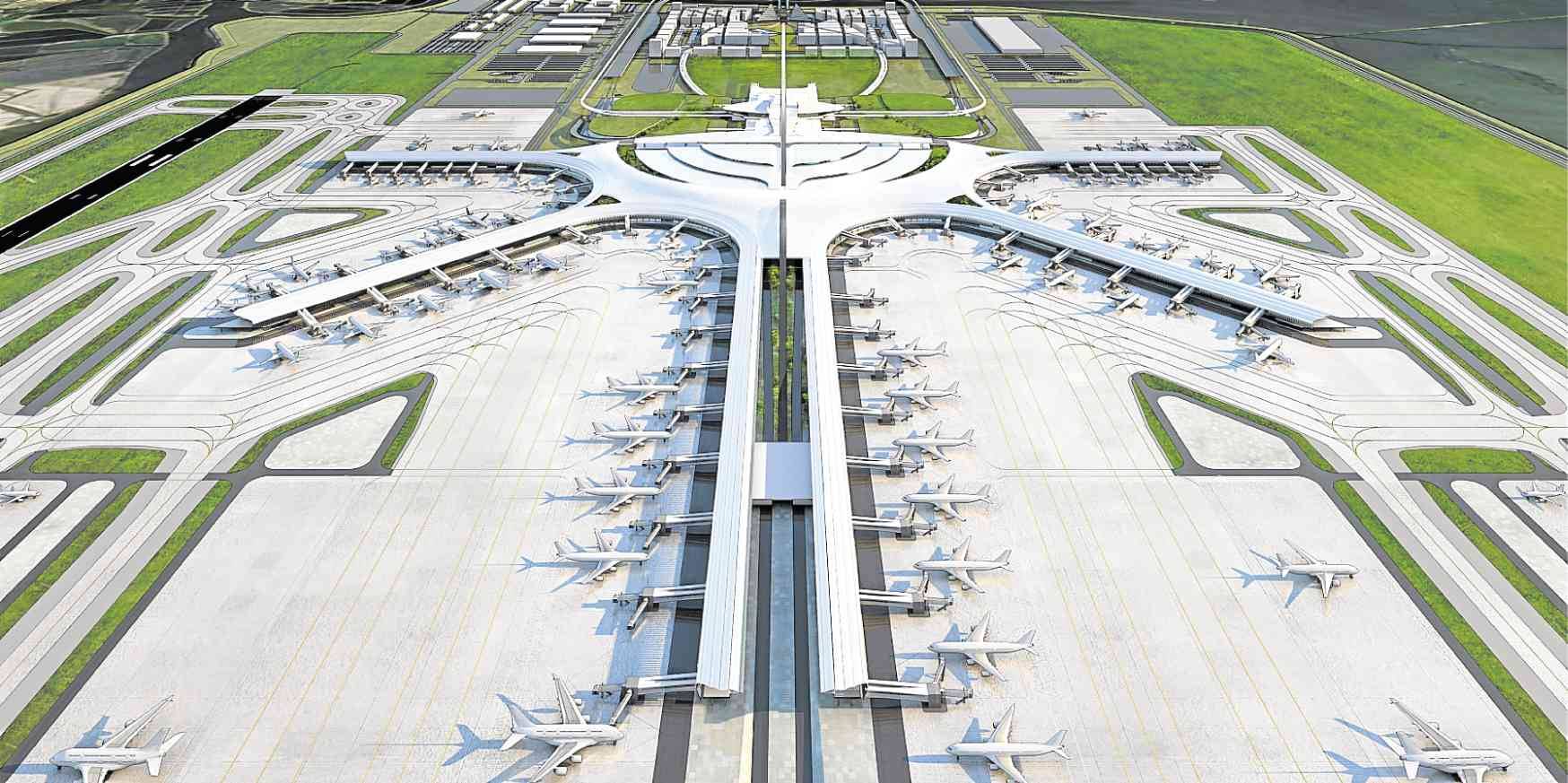
The author (www.ianfulgar.com), is a leading architect with an impressive portfolio of local and international clients. His team elevates hotels and resorts, condominiums, residences, and commercial and mixed-use township development projects. His innovative, cutting-edge design and business solutions have garnered industry recognition, making him the go-to expert for clients seeking to transform their real estate ventures








